Code: SPRING20= 20% OFF ENDS 3/31
$26.95
Elegguá (Elegguá) is sometimes represented as a child, and sometimes as an old man. He represents the beginning and end of life, and the opening and closing of paths in life. Sometimes known as the trickster, he likes to play jokes on people. He enjoys candy and toys. Despite his childlike nature, however, he’s a very powerful Oricha. He’s one of the Warriors (along with Ogún, Ochosi and Osun). Eleguá is always mentioned first in any ceremony, because without his permission, the doors to communication with the other Orishas stay closed.
Elegguá’s colors are red and black. His number is 3, or any multiple of 3. His day of the week is Monday, and the 3rd day of every month. Traditionally, the 6th of January and the 13th of June are recognized as his “saint’s days” in Cuba. On these days, a feast may be given in his honor. In the Catholic religion, Elegguá is syncretized with the Child Jesus of Atocha, Saint Anthony of Padua, and the Anima Sola (soul in Purgatory). Elegguá and Ochún are good friends.
Elegguá’s eleke (beaded necklace) consists of one red bead, one black bead, in a repeated pattern. The color and design of the necklace represent life and death, war and peace, the beginning and end of all things. Elegguá is called the Lord of the Crossroads because he plays a role in every decision we make in life. With his help, things go smoothly. But, he can also put obstacles in our path, and life takes unexpected and negative turns. Most practitioners of Santería know that it’s very important to maintain good relations with Eleguá because without him, nothing is possible
Through divination with a Santero or Babalawo, a practitioner might find out that he needs to receive Elegguá. Sometimes Elegguá is given alone, and sometimes with the other warriors. Through a special ceremony, a stone representing Eleggua is prepared and charged with the Oricha’s aché, or special energy. Usually the stone is shaped into a head with a cement outer layer and cowrie shells for eyes and mouth. He lives in a shallow clay dish inside the house, usually behind the door. When practioners receive Elegguá and the other warriors, they’re “medio asentados” or half-way initiated. They can’t perform all the duties of an Oloricha (priest/ priestess) but they have made a very serious commitment to the religion.
The Eleggua head statue is made of strong clay and has 13 seashells around it as well as red and black beaded necklace atop its head.
You must be logged in to post a review.
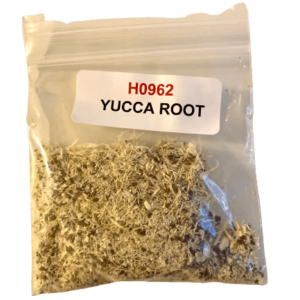
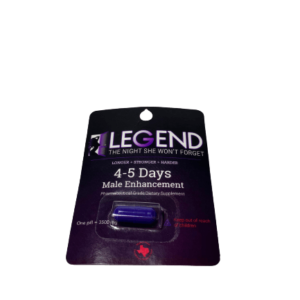
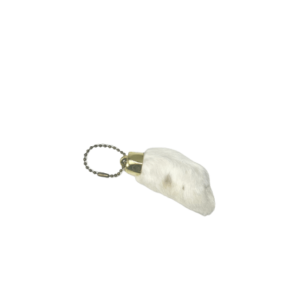
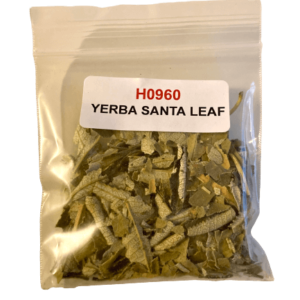
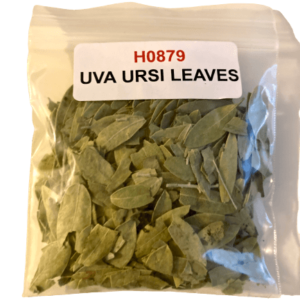
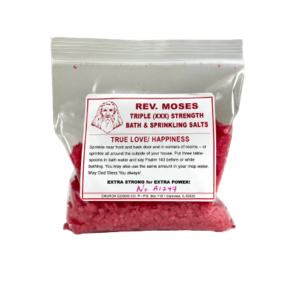
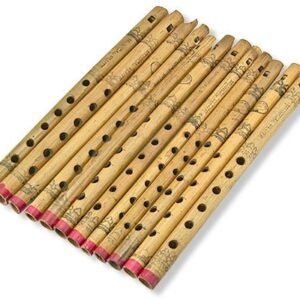
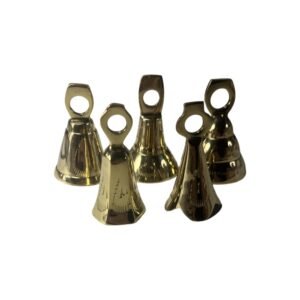
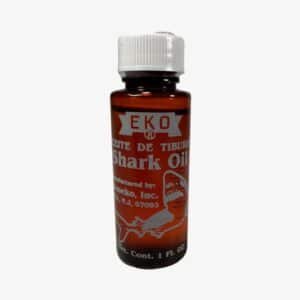
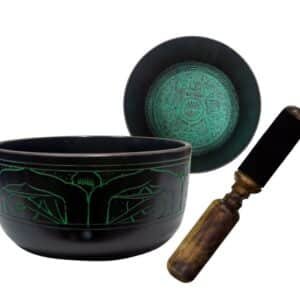

Info@LuckShop.com
Toll Free: 1-877-927-7774 (US CALLS ONLY)
Phone: 1-312-332-1634 (US & INTL CALLS)
We are the largest and most experienced Mojo Store in the Midwest- Specializing in selling Spiritual Supplies and Cultural Heritage products through our retail store and mail order catalog, for over 100 years. We pride ourselves on prompt, courteous, reliable and knowledgeable service.
Copyright © 2025 | LuckShop.com
Reviews
There are no reviews yet.